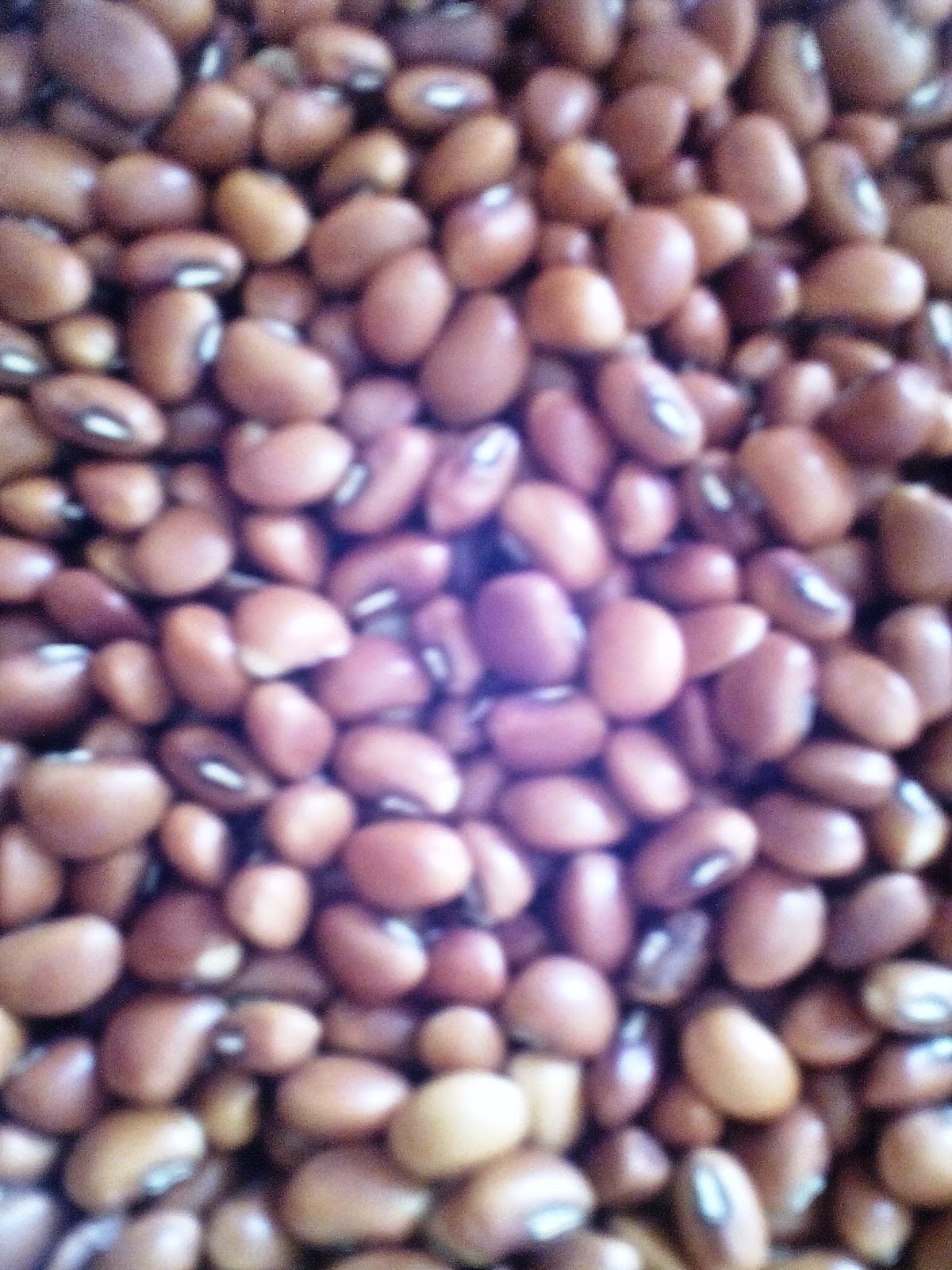Theeyal is one of the tastiest dishes in the Kerala cuisine. Though Theeyal is mainly prepared with Shallots (cheriya ulli - small onions), its also prepared with other vegetables such as Bitter gourd (Pavakka), Yam (chena), drumstick (muringyakkaya) etc.
Bitter Gourd - 250 gms
Shallots (small onions) - 25 nos
Turmeric- 1/2 teaspoon
Chilly powder - 1 teaspoon
Grated coconut- 1/2
Coriander powder - 2 teaspoons
Curry leaves - 6-8 leaves
Green chily- 3 nos
Dried red Chillies - 4-5 nos
Salt to taste
Process:
Chop the bitter
gourd into small pieces as shown and clean and cut the shallots into small pieces.
Take
a pan and put 3-4 tablespoons of coconut oil and put the chopped bitter Gourd and shallots into
the pan and saute it till it becomes light brown. Add little salt so that the sauteing becomes faster. It takes approx. 10 min. Keep it aside.
Take a pan and pour one tablespoon of oil and put the grated coconut into it. Roast the grated coconut in a medium flame. Stir continuously till it becomes brownish in colour.
  |
| Roasted coconut-coriander powder mix |
 Take a mixie jar and put this roasted coconut-coriander mix, 2 green chillies and 20 ml water into it and grind it well to make it a paste.
Take a mixie jar and put this roasted coconut-coriander mix, 2 green chillies and 20 ml water into it and grind it well to make it a paste.
Tempering:
 Take a small frying pan and pour 2 teaspoons oil into it. Once the oil is hot put one teaspoon of mustard. Once the mustard splutters, add dry red chillies into it and mix it with the mustard for it to get fried. Add the curry leaves.
Take a small frying pan and pour 2 teaspoons oil into it. Once the oil is hot put one teaspoon of mustard. Once the mustard splutters, add dry red chillies into it and mix it with the mustard for it to get fried. Add the curry leaves.
Ensure the tempering is done only in low flame to avoid
mustard, red chilly etc getting burnt.
PAVAKKA THEEYAL IS READY.


















































